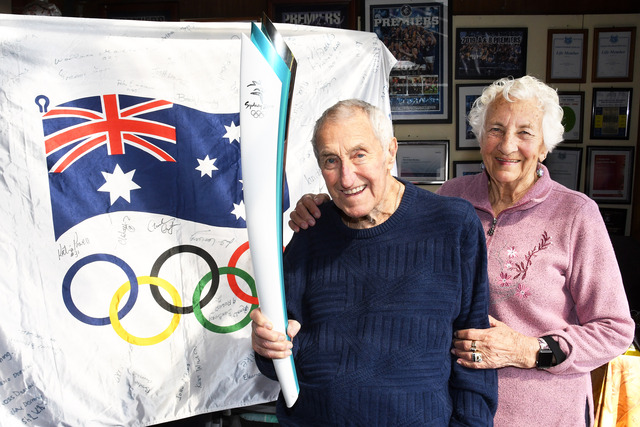By Paul Dunlop
AIR safety investigators say a plane that crashed at Clyde North, killing two people, was overweight and not balanced for aerobatics.
Officials from the Australian Transport Safety Bureau have released a preliminary report into the crash on Friday, 23 February.
The light plane had been doing tricks in the air above farm paddocks in McCormacks Road before it crashed about 5.40pm.
The pilot of the plane, a 36-year-old Hamilton man, and his passenger, a Fairfield man also aged in his 30s, died in the crash.
Investigators said in their report that the take-off weight of the aircraft at the time of the final flight was 770 kilograms — 90kg over the maximum allowable weight and even further over the limit for aerobatic activity.
“The aircraft maximum take-off weight for normal flight operations was 680kg and 625kg for aerobatic manoeuvres,” the report said.
“Weight and balance limitations and cautions were contained in the pilot’s operating handbook. The cautions stated that the aerobatic gross weight is set by structural limits and that aerobatic flight should not be conducted at weights greater than 625kg or at centre of gravity locations outside the aerobatics centre of gravity limit. The limitations defined the gross weights and design centre of gravity range and limit.
“The combined weight of the pilot and passenger for the final flight was estimated to be 195kg. The fuel tanks had been filled prior to the flight at Essendon Airport, bringing the fuel load to 116 litres or 83kg. Baggage weight was estimated to be 16kg.
“With an aircraft empty weight of 476kg, preliminary weight and balance calculations indicated that the take-off weight of the aircraft at the time of the final flight was 770kg. This exceeded the maximum allowable weight by 90kg. The centre of gravity was calculated to be within the range for normal flight operations.
“The weight and balance calculations indicated that the take-off weight of the aircraft at the time of the final flight exceeded the maximum allowable weight for aerobatic operations by 145kg. The centre of gravity was calculated to be outside the range permitted for aerobatic flight.”
Residents watched in horror when the home-built kit aircraft fell out of the sky and hit the ground in a fiery ball.
Paramedics and fire crews rushed to the scene minutes after the crash but the plane had been incinerated.
Wreckage was spread over about 150 metres. Parts of the plane were also found on an adjoining farm about 500 metres away.
“Examination of the site revealed that the aircraft had impacted the ground in a very steep, nose-down attitude at high speed,” the safety bureau report said.
“Witnesses reported observing the aircraft descending in a spin after completing an aerobatic manoeuvre. The aircraft engine was heard to gain power during the spin and the aircraft speed rapidly increased. The aircraft was then seen to enter into what appeared to be an unstable spiral dive.”
Investigators are planning to review the pilot’s training and experience and the post mortem results before delivering a final report.
Crash plane overloaded
Digital Editions
-

Unstoppable force
Depending on the day, Shania Ranabahu might be fighting fires, championing causes or stealing the spotlight on the pageant stage. No matter what she faces,…





